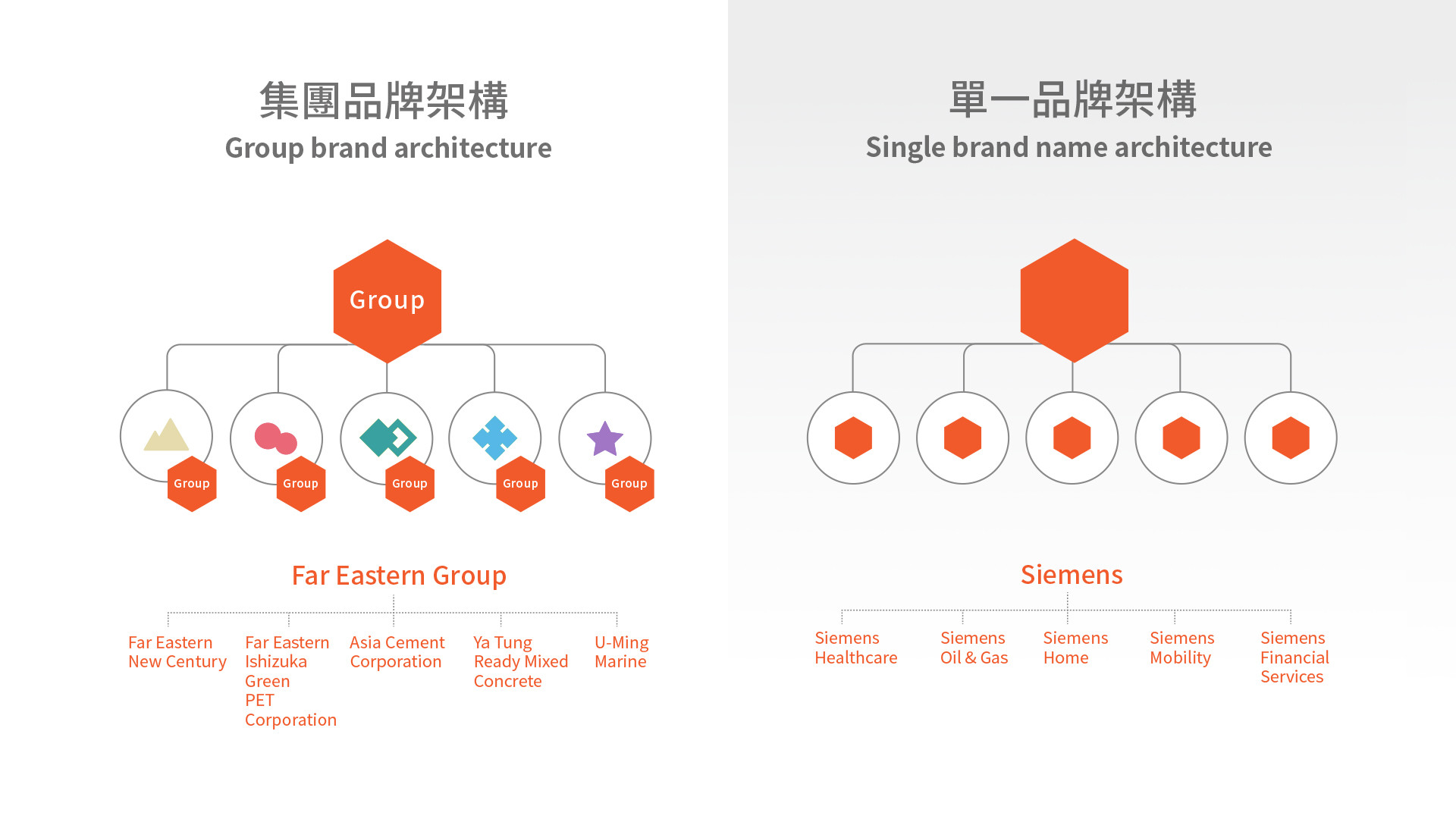Power distance: The hidden reason behind Taiwan's scarcity of global brands
-
- Mark Stocker
- Managing Director
I have long suspected that culture, in this case corporate culture, has been a primary determinant in the absence of successful international brands originating from Taiwan. Previously, I have highlighted that the struggles at HTC and Acer, while first and foremost the result of problematic product strategy, have also resulted from challenges that arise when the eastern-based value system inherent to Taiwan corporate culture butts heads with western-based values.
Corporate culture plays a significant role in the efficiency and effectiveness of an organization. Noting Taiwan’s four-decade success with manufacturing, it is only logical to extrapolate that the corporate culture of Taiwan’s businesses was well-suited, one might even say ideally-suited, to the business of contract manufacturing. Could one then argue that the reason we see so few successful international brands from Taiwan today is that the corporate culture is not well-suited to building international businesses? I believe it to be; but I also believe the challenges to be addressable once we understand the underlying causes.
I argued in a previous column that power distance is the root cause of a stalemate going on inside many Taiwanese companies—where business owners are dissatisfied with the lack of initiative among employees, and employees are dissatisfied with the overall performance of their company. As a result, progress for many companies has come to a standstill. At DDG, we have also come to understand that power distance is a primary determinant in why so many Taiwanese corporations have been unable to build successful global brands.
Power distance’s link to effective decision making
To aid understanding, let’s revisit the definition of power distance created by Professor Geert Hofstede: power distance can be defined as the extent to which the less powerful members of institutions and organizations within a country expect and accept that power is distributed unequally. In other words, in a high power distance culture, employees expect the business owner to make all decisions, and, as a result, tend to remove themselves from all efforts related to decision making.
Taiwan is recognized as having a relatively high-power-distance-oriented culture, almost 1.5 times that of the United States and, interestingly, even a few points higher than Japan. European countries such as Sweden and Austria—with power distances half that of the United States and one fourth that of Taiwan—have low-power-distance cultures where employees are active in decision-making at all levels of the organization.
During Taiwan’s heyday as a global manufacturing hub, this high power distance orientation contributed positively to the efficiency and effectiveness of Taiwan firms. Employees left all decisions to the business owner. The business owner only had to actively manage a small number of external-facing relationships (with key customers), while the corporate-wide mandate to meet said customer expectations and to cost-down were understood by all employees as the primary guiding principles in all decision-making.
As Taiwan’s era of contract manufacturing has retreated, business owners looked to building their own brands as a source of growth and profit. Unlike the contracting manufacturing model, however, international branding requires a company to expand the points of contact from a few long-term customers to hundreds of channel partners and, in many cases, millions of consumers. Furthermore, the addition of marketing, product strategy, customer service, and consumer experience to the management mix swells the number of decisions a company must make in order to succeed. The decision making requirements of an international brand are exponentially more complicated, making it near impossible for a single business owner to be successfully involved in all decisions.
The three handicaps of a high power distance culture
Companies with high power distance cultures are less likely to succeed at building an international brand for three reasons:
1. Mid-level managers and employees from high power distance cultures over rely on the business owner to make decisions, big and small, resulting in organizational inefficiency and, in many instances, uninformed decision making.
2. Business owners from high power distance cultures overlook the need to strategically delegate responsibility—and the requisite authority—slowing organizational development and removing the impetus for employees to take initiative in their jobs.
3. High power distance corporate cultures experience conflict between managers from the high power distance culture and employees from low power distance cultures, as the two battle over appropriate action in the absence of the business owner.
To address these challenges, Taiwan business owners and employees alike need to recognize the influence that power distance holds on the organization. Business owners must initiate open communication with subordinates to better understand how decision making, or lack thereof, is impacting the competitiveness of the company. Business owners must then delegate responsibility, along with requisite authority, to those individuals in positions that require proactive decision making. Human resources departments can also contribute by increasing understanding and appreciation for differences in culture through on-the-job training and workshops.
Employees from low-power-distance cultures will be readily open to such actions, however individuals from high-power-distance-cultures will need time and encouragement to adjust to the new working model. This includes the business owner. The tendency to return to past habits will be strong, but the urge must be resisted for the long-term benefit of the company and the brand.
Beyond these efforts, I encourage companies to look into the concepts of purpose and envisioned future as a means to benefiting the transition. These are the tenets that drive many leading global organizations, including well-known brands such as Sony and Taiwan’s very own Giant Bicycles. A collective purpose and envisioned future for the organization brings individuals together in pursuit of a common objective so that decisions happening across the organization have a common core. The business owner is then left free of the many minute decisions that once took up his or her day, so that more time can be spent on the next big objective. It’s a win-win situation for all, and the recipe for building a robust global brand.




